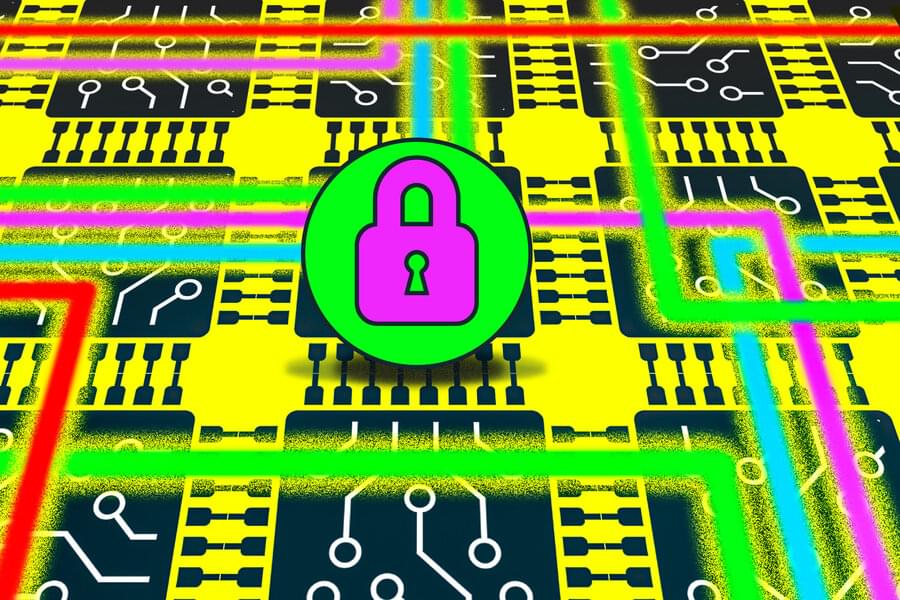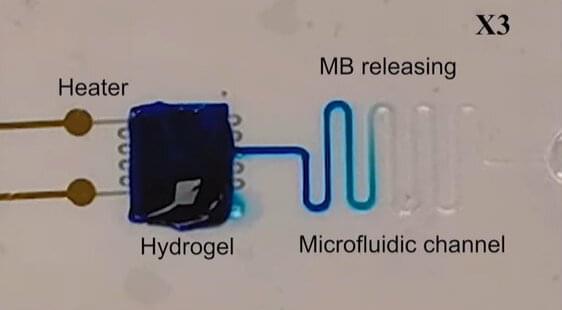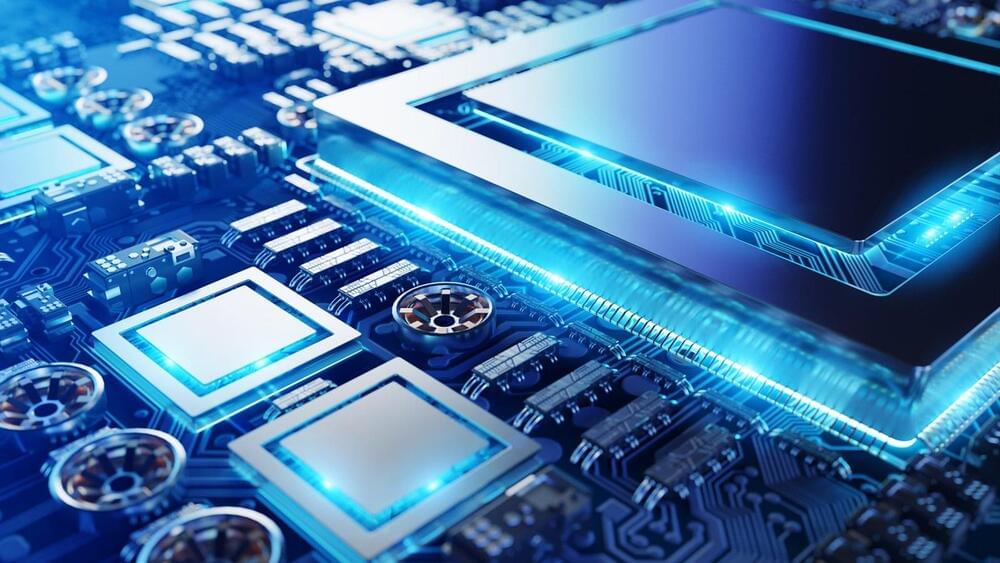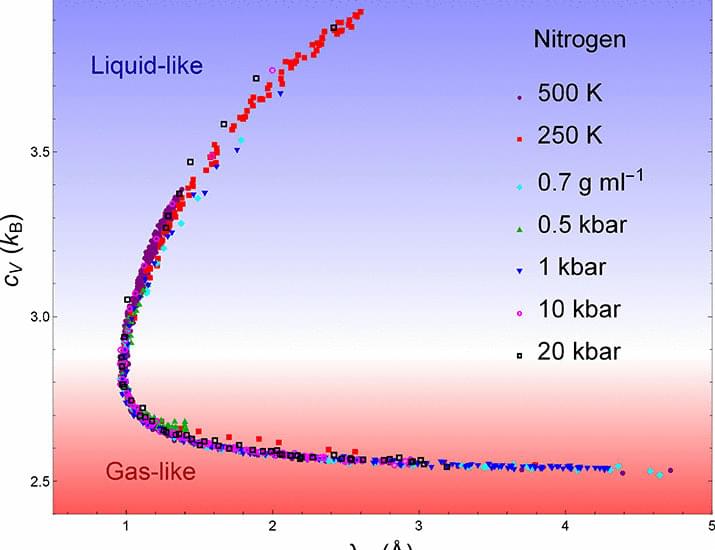Aug 14, 2022
Researchers mitigate potential side-channel attack vulnerability in multicore processors
Posted by Saúl Morales Rodriguéz in category: computing
A component of computer processors that connects different parts of the chip can be exploited by malicious agents who seek to steal secret information from programs running on the computer, MIT researchers have found.
Modern computer processors contain many computing units, called cores, which share the same hardware resources. The on-chip interconnect is the component that enables these cores to communicate with each other. But when programs on multiple cores run simultaneously, there is a chance they can delay one another when they use the interconnect to send data across the chip at the same time.
By monitoring and measuring these delays, a malicious agent could conduct what is known as a “side-channel attack” and reconstruct secret information that is stored in a program, such as a cryptographic key or password.

















